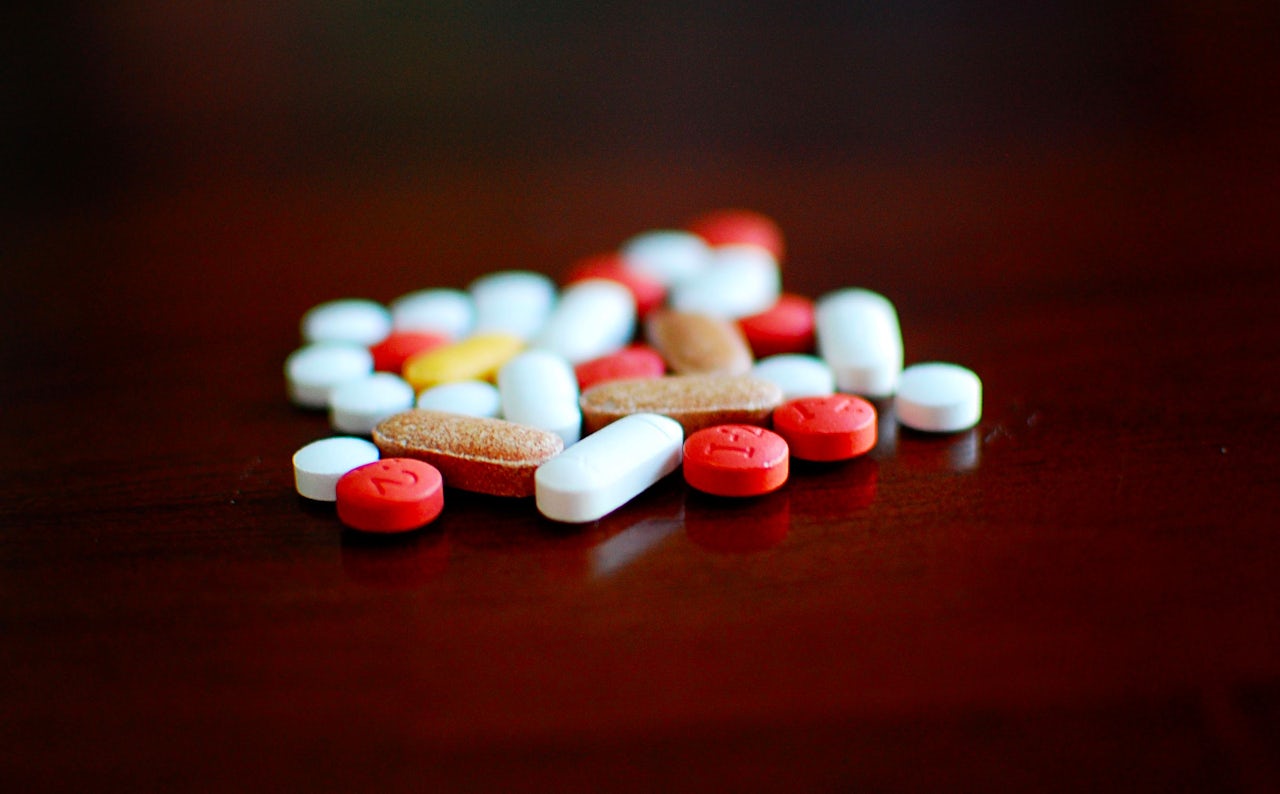Americans have a seemingly insatiable appetite for panic. Local news broadcasts are fueled by stories about new drugs being developed to corrupt children. In the early days of mass media, it was marijuana that caused a furor about the future of America’s morality. The 1936 film Reefer Madness became a symbol of mass hysteria over drug use, with the penultimate scene featuring a stoned kid leaping from a window because he was high out of his mind on weed. The introduction of the internet decades later helped spread a new kind of drug craze. Like memes, stories about weird drug phenoms caught like wildfire on message boards. In the mid-2000s, a phony story about kids huffing human shit, nicknamed “jenkem,” fooled local news anchors into filing stone-faced reports about the new “epidemic.” In 2012, a story about a man feasting on human flesh after taking a drug called “bath salts” turned the illustrious substance into a full-fledged viral phenomenon (John McAfee’s adventure in Belize didn’t help either).
Here's a look back at some of the trendiest, most panicked, drugs of yesteryear.
Krokodil
Desomorphine, known more menacingly as krokodil, originated as an alternative to morphine in hospitals. In the mid-2000s, as underground labs ramped up production of the drug in Russia, reports of the harrowing effects users of the substance suffered dominated the news. A cheap alternative to heroin, krokodil caused its user's skin to essentially decompose, turning into something resembling the scales of a crocodile, hence the name. The drug briefly dominated headlines in the US with graphic images of users' gnarled skin inspiring a small panic. By 2014, Russian authorities proclaimed the drug had been practically eradicated, [Time reported](By 2014, two years after the ban took effect, federal authorities announced that the drug had been practically eradicated from the streets.). This, of course, was after an estimated 100,000 Russians had already taken the flesh-eating drug.
K2 (Spice)
Popularized, ironically, as a result of strict laws outlawing marijuana, K2 — known as “spice” — is probably the most dangerous thing you can buy at a gas station (save from the hot dogs). The drug's chemical makeup eludes law enforcement by being reliably unreliable, meaning no two bags of "spice" are the same. In Brooklyn, the drug has been linked to a rash of hospitalizations among the city's homeless population. Since spice is technically legal, users can often find the dangerous substance at their local bodegas for as cheap as $5. The drug K2, supposed to mimic weed, remains illegal in most states.
Bath Salts
Perhaps the most notable drug trend of the social media era, the origin of bath salts hysteria is particularly hard to pin down. As the story goes, a man in Miami was caught naked eating a man's face in 2012, and what followed was an ostensible outbreak of pain-immune zombies hungry for human flesh. The zombie parallel made for incredibly brazen headlines, but no one could really point to a significant trend in the drug's use. In fact, just months after the first reported cannibal attack influenced by bath salts, online mentions of the drug plummeted. The drug, it turns out, was yet another synthetic creation designed to emulate a popular drug's effects while circumventing strict drug laws. The result, a poor man’s methamphetamine, was a widely available powder that could make you eat your best friend's face off.
Cheese
The principle ingredient for any drug panic in America is children. So, in 2005, when teenagers in Dallas started blending a daredevil’s cocktail of heroin and crushed over-the-counter cold medication together and calling it “cheese,” the media couldn’t help but go into full panic. The drug’s name is derived from its orange, powdery appearance — not unlike the dust from Cheetos. After an 18-year-old high school student from an affluent neighborhood in Dallas became the first publicized fatality from the drug, police went into crackdown mode. They made a significant number of arrests, mainly of Hispanic men, in Dallas' Northeast neighborhoods, where they believed the drug originated. It seems that today, the only people still using cheese are the kids who inspired the initial panic over the drug in the first place. Craig Nuckles, executive director of Timberlawn Mental Health Services in Dallas, told The Dallas Morning News in 2012 that, “Kids associated with using cheese appears to have quieted down for the time being.” The department’s new focus? Adults hooked on an even more potent concoction featuring the traditional cheese mixture with an added dose of Xanax. According to Timberlawn, the drug "grew up."
Correction: An earlier version of this story incorrectly cited the Times as reporting a "rash of deaths;" in fact it was hospitalizations, not deaths. This article has also been updated to correctly attribute news sources.
